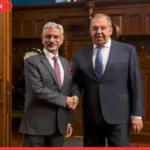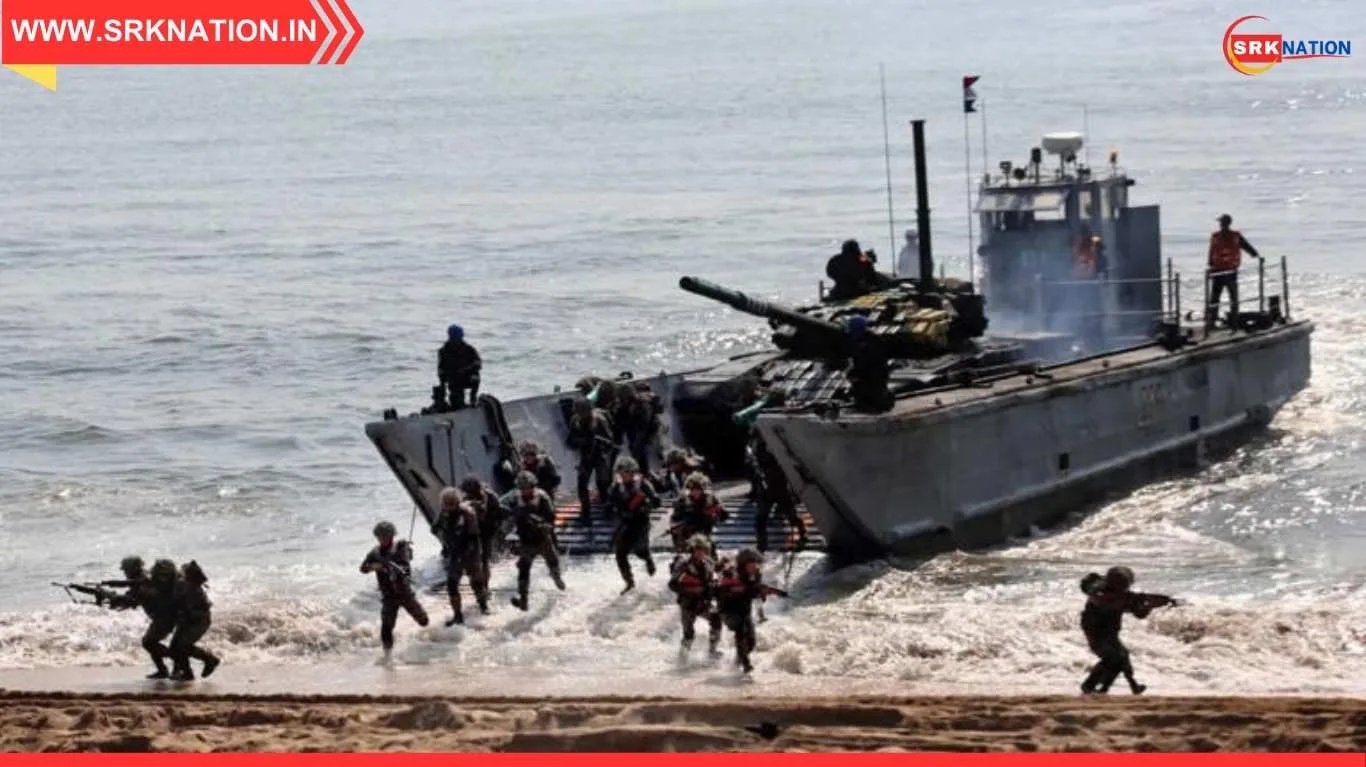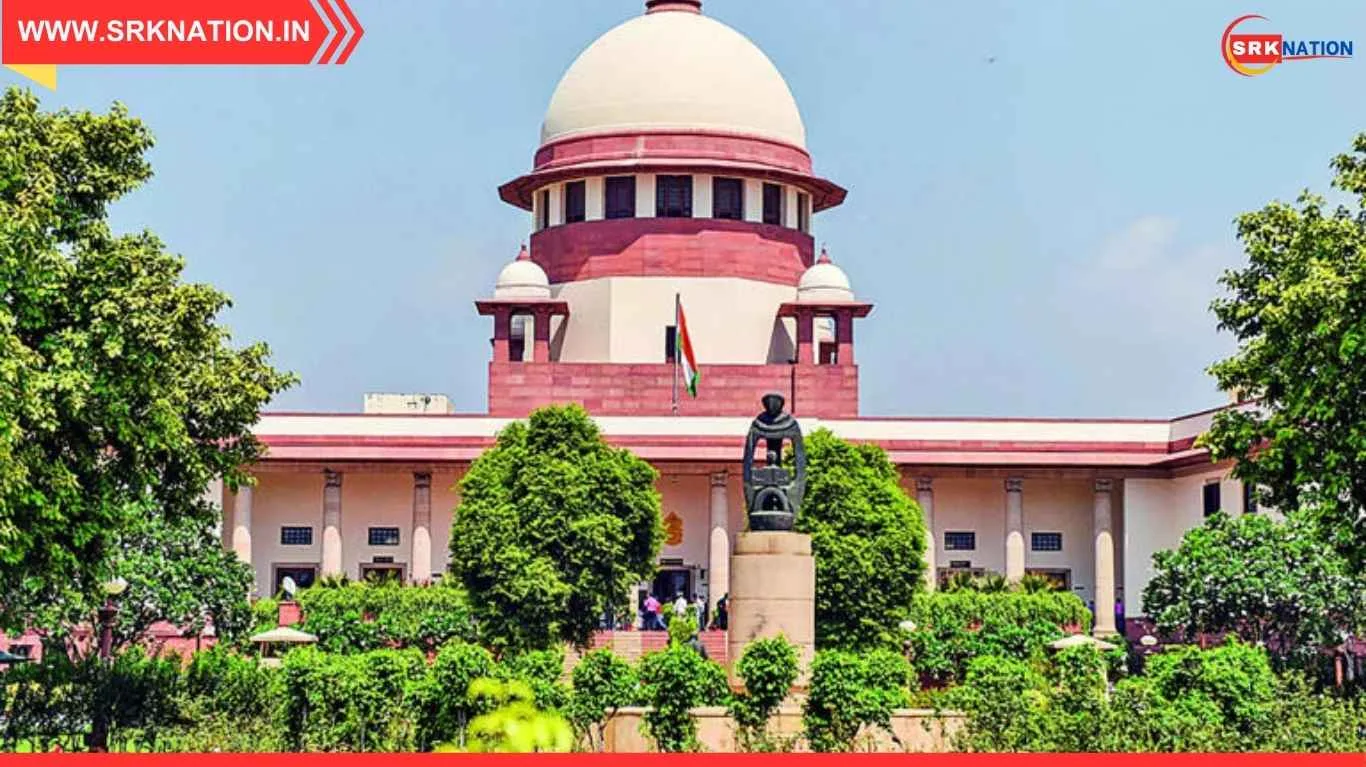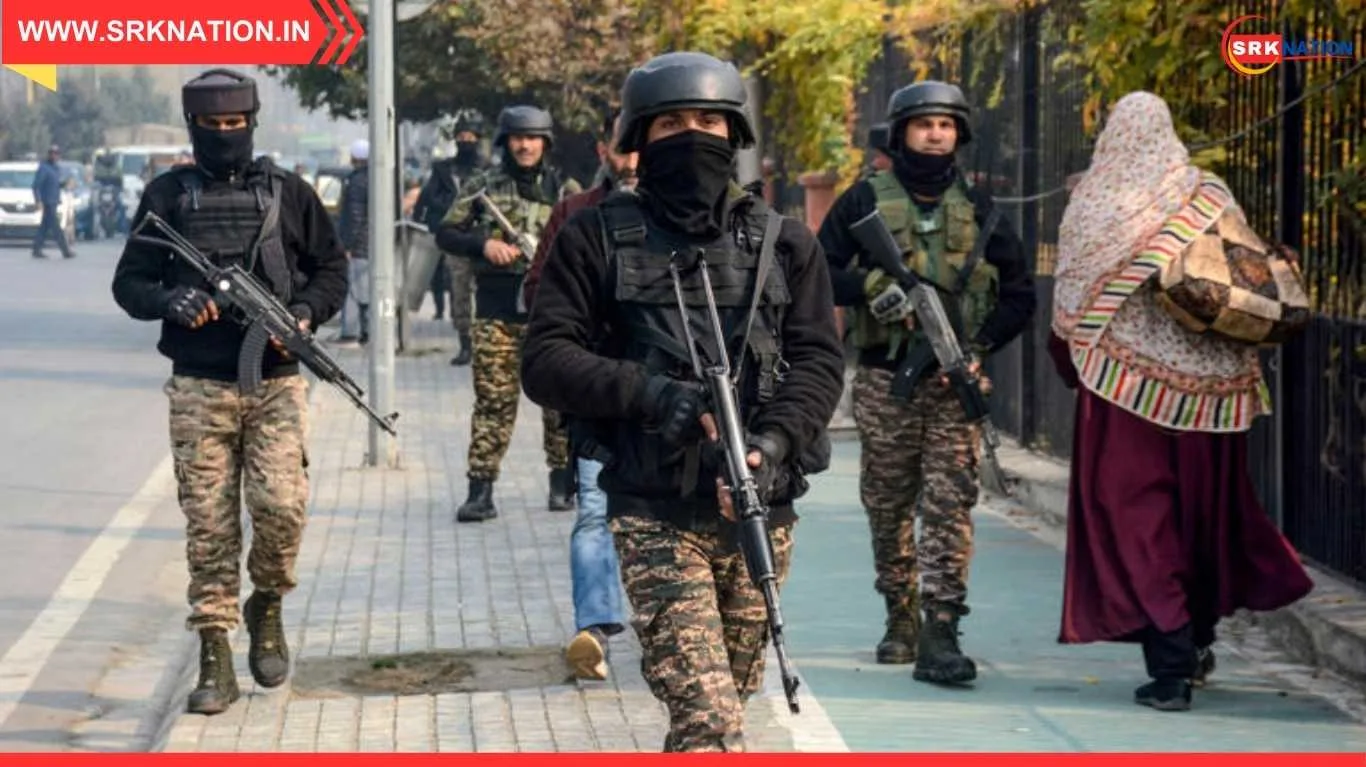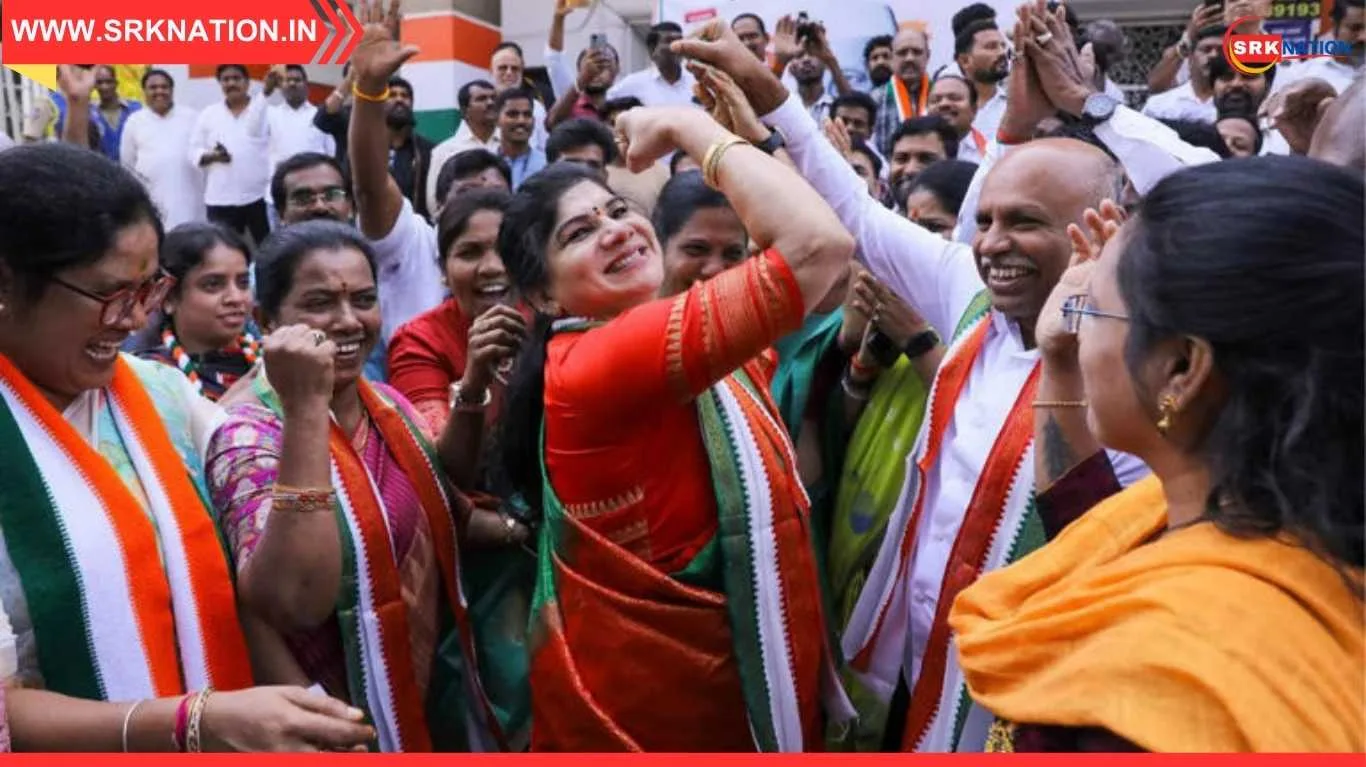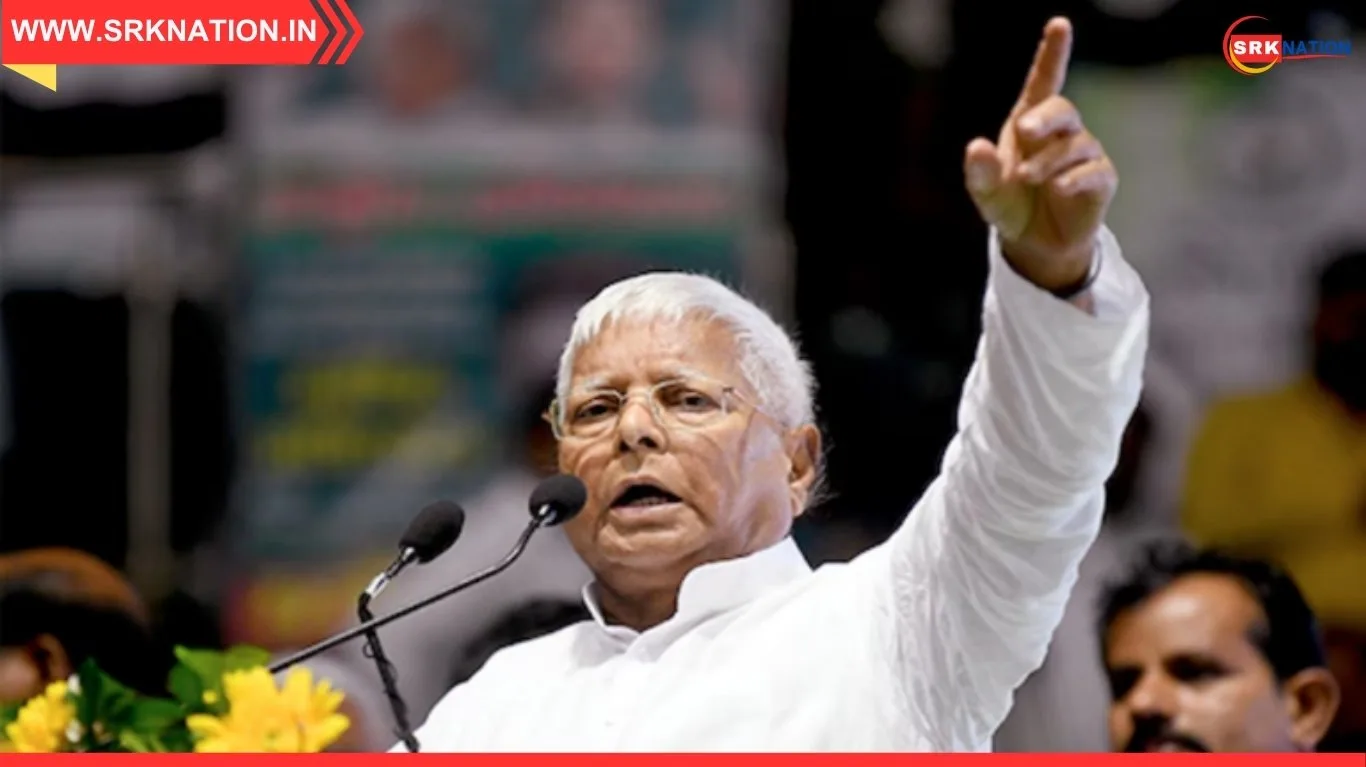India’s defense capabilities have taken a significant leap forward with the induction of the ‘Trishul’ integrated armored strike formation, a new doctrine that combines advanced battle tanks, mechanized infantry, and long-range artillery into a seamless offensive unit. Military analysts suggest that this development has made Indian armored columns capable of reaching Karachi in the event of a full-scale conflict, a scenario that has heightened Pakistan’s concerns about its western front defenses.
The announcement comes amid heightened tensions in South Asia, with India showcasing its ability to project power deep into adversary territory. The ‘Trishul’ formation, tested during recent war games in Rajasthan, demonstrated unprecedented mobility, firepower, and logistical coordination.
🧠 Key Highlights of ‘Trishul’ Armored Formation
| Attribute | Details |
|---|---|
| Formation Name | Trishul Integrated Armored Strike Group |
| Primary Equipment | Arjun Mk1A, T-90 Bhishma tanks, BMP-2 infantry vehicles |
| Range Capability | Extended operational reach up to 700 km |
| Strategic Objective | Rapid mobilization towards western front, including Karachi corridor |
| Tested During | Desert war games, Rajasthan |
| Supporting Units | Long-range artillery, attack helicopters, UAV surveillance |
| Pakistan’s Concern | Vulnerability of Sindh and Karachi defense corridors |
📊 Comparative Snapshot – Indian vs Pakistani Armored Capabilities
| Attribute | India (Trishul Formation) | Pakistan (Current Deployment) |
|---|---|---|
| Main Battle Tanks | Arjun Mk1A, T-90 Bhishma | Al-Khalid, Type-85 |
| Operational Range | 600–700 km with integrated logistics | 400–450 km |
| Infantry Support | BMP-2 mechanized units | Older APCs, limited modernization |
| Artillery Support | Pinaka MBRL, Dhanush howitzers | M198 howitzers, Nasr tactical system |
| Air Support | Rudra helicopters, UAVs | Limited attack helicopter fleet |
| Command Integration | AI-driven battlefield management systems | Conventional command structures |
India’s technological edge in integration and logistics gives it a decisive advantage in rapid mobilization.
🗣️ Reactions from Defense Analysts
- Indian Analysts: “Trishul is a game-changer. It ensures India can project armored power far beyond traditional limits.”
- Pakistani Commentators: “This development raises serious concerns for Karachi’s defense corridor.”
- Global Experts: “India’s doctrine reflects modern combined-arms warfare, aligning with NATO-style rapid strike formations.”
📈 Strategic Implications of ‘Trishul’
| Area | Impact |
|---|---|
| Western Front | Karachi and Sindh corridor vulnerable to rapid strikes |
| Deterrence | Enhances India’s bargaining power in diplomatic talks |
| Regional Balance | Forces Pakistan to divert resources to armored defense |
| Global Perception | Positions India as a modern military power |
📊 Timeline of Indian Armored Evolution
| Year | Milestone Achieved |
|---|---|
| 1971 | Vijayanta tanks used in Bangladesh Liberation War |
| 1999 | T-90 Bhishma inducted during Kargil conflict |
| 2010 | Arjun Mk1 introduced |
| 2021 | Arjun Mk1A upgraded with advanced systems |
| 2025 | Trishul integrated armored strike formation tested |
📌 Why Karachi Is Strategically Significant
Karachi, Pakistan’s largest city and economic hub, is also home to key naval installations and industrial corridors. Its proximity to the Indian border makes it a critical target in any hypothetical conflict scenario. The ability of Indian armored units to reach Karachi within days of mobilization fundamentally alters the strategic calculus in South Asia.
📊 Logistics and Mobility Enhancements
| Feature | Indian Capability (Trishul) | Strategic Advantage |
|---|---|---|
| Fuel Supply Chains | Automated refueling convoys | Sustains long-range operations |
| Bridge-Laying Equipment | BLT Arjun systems | Rapid river crossing capability |
| UAV Surveillance | Netra and Rustom drones | Real-time battlefield intelligence |
| Communication Systems | AI-driven encrypted networks | Faster decision-making |
📌 Conclusion
India’s induction of the ‘Trishul’ armored strike formation marks a turning point in South Asia’s military balance. With tanks and mechanized units now capable of reaching Karachi, Pakistan faces new strategic challenges in safeguarding its western front. While the development strengthens India’s deterrence posture, it also raises the stakes for regional stability, making diplomacy and dialogue more critical than ever.
Disclaimer: This article is based on publicly available defense reports, expert commentary, and verified military data. It is intended for informational and editorial purposes only and does not constitute military advice or advocacy.



